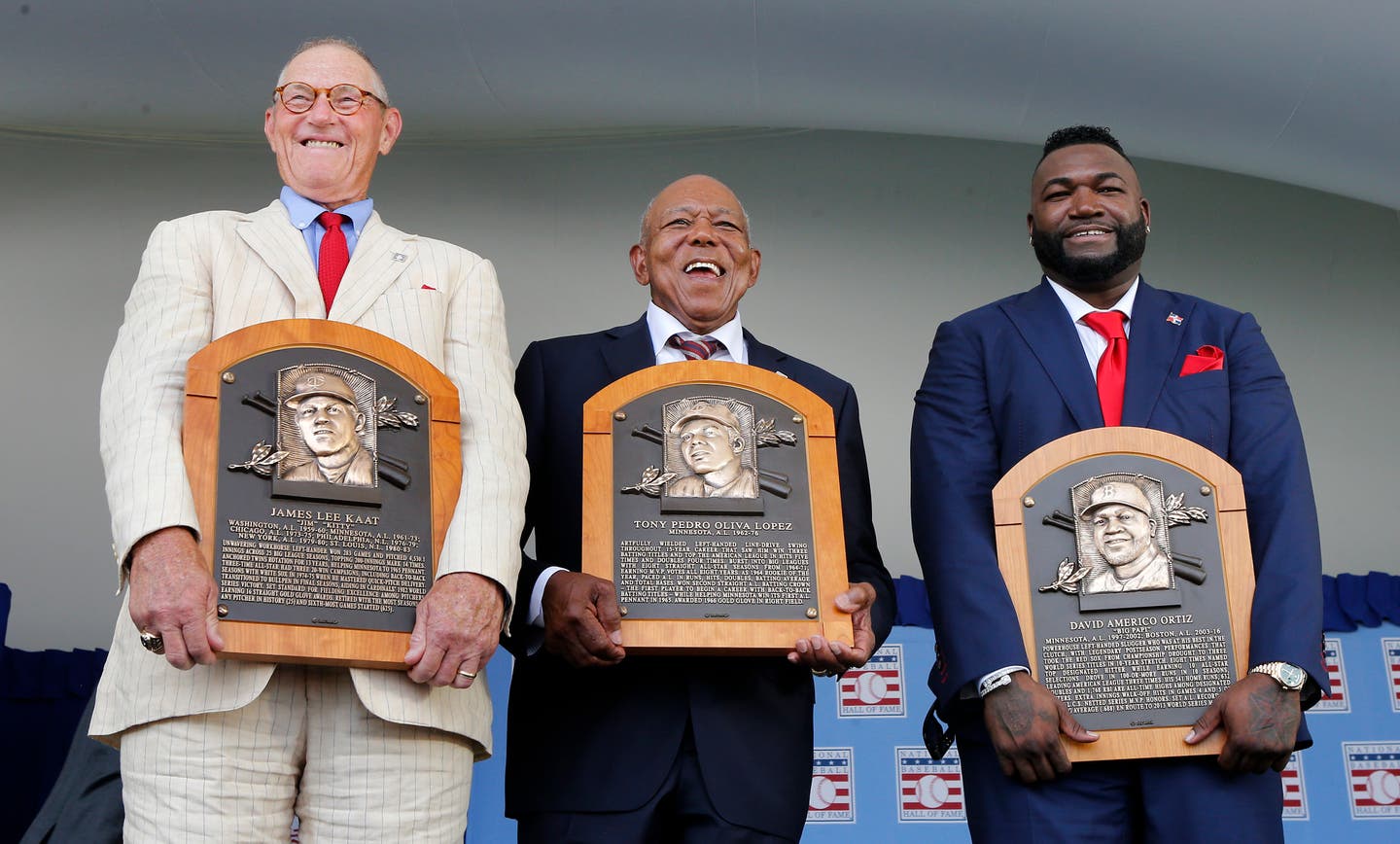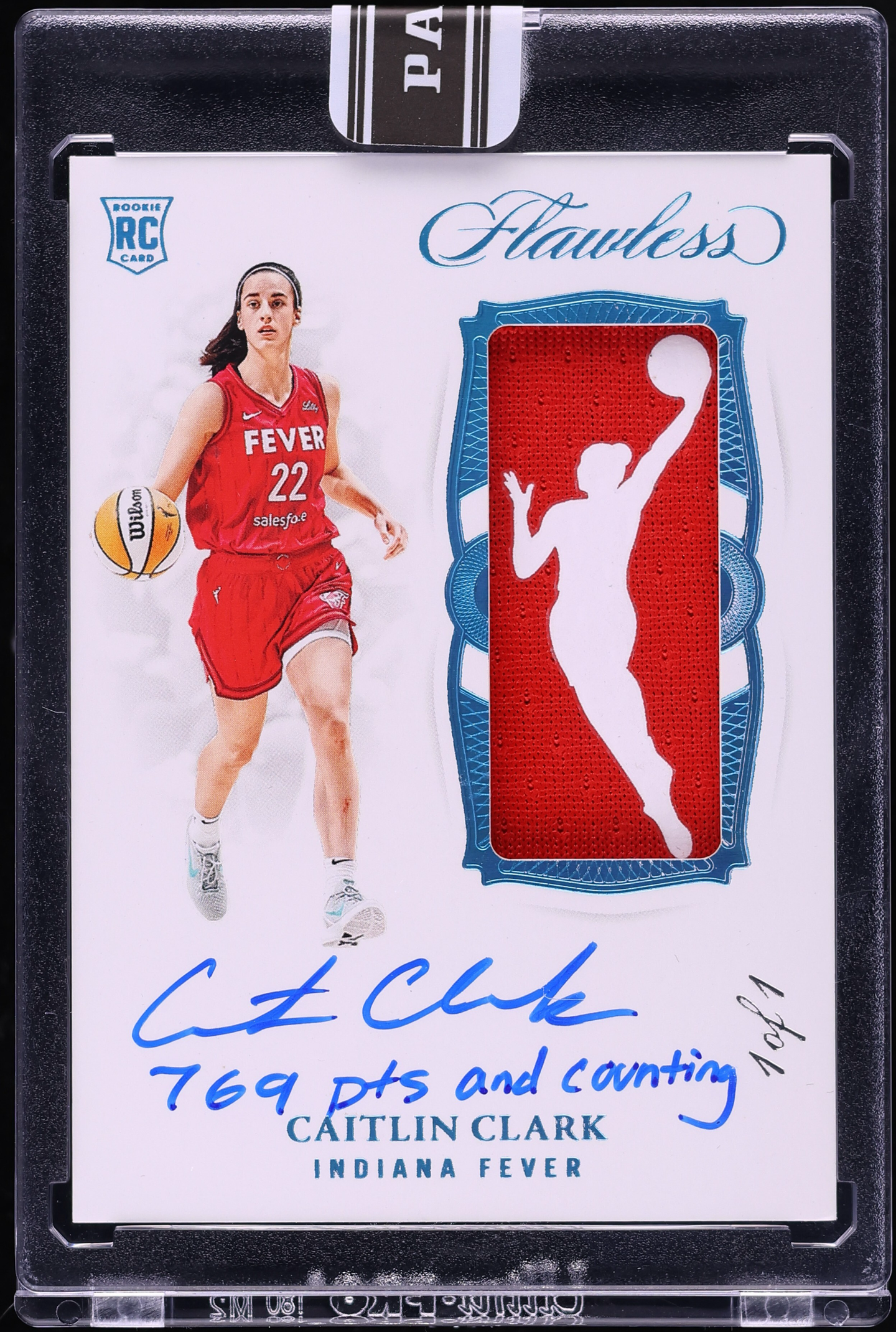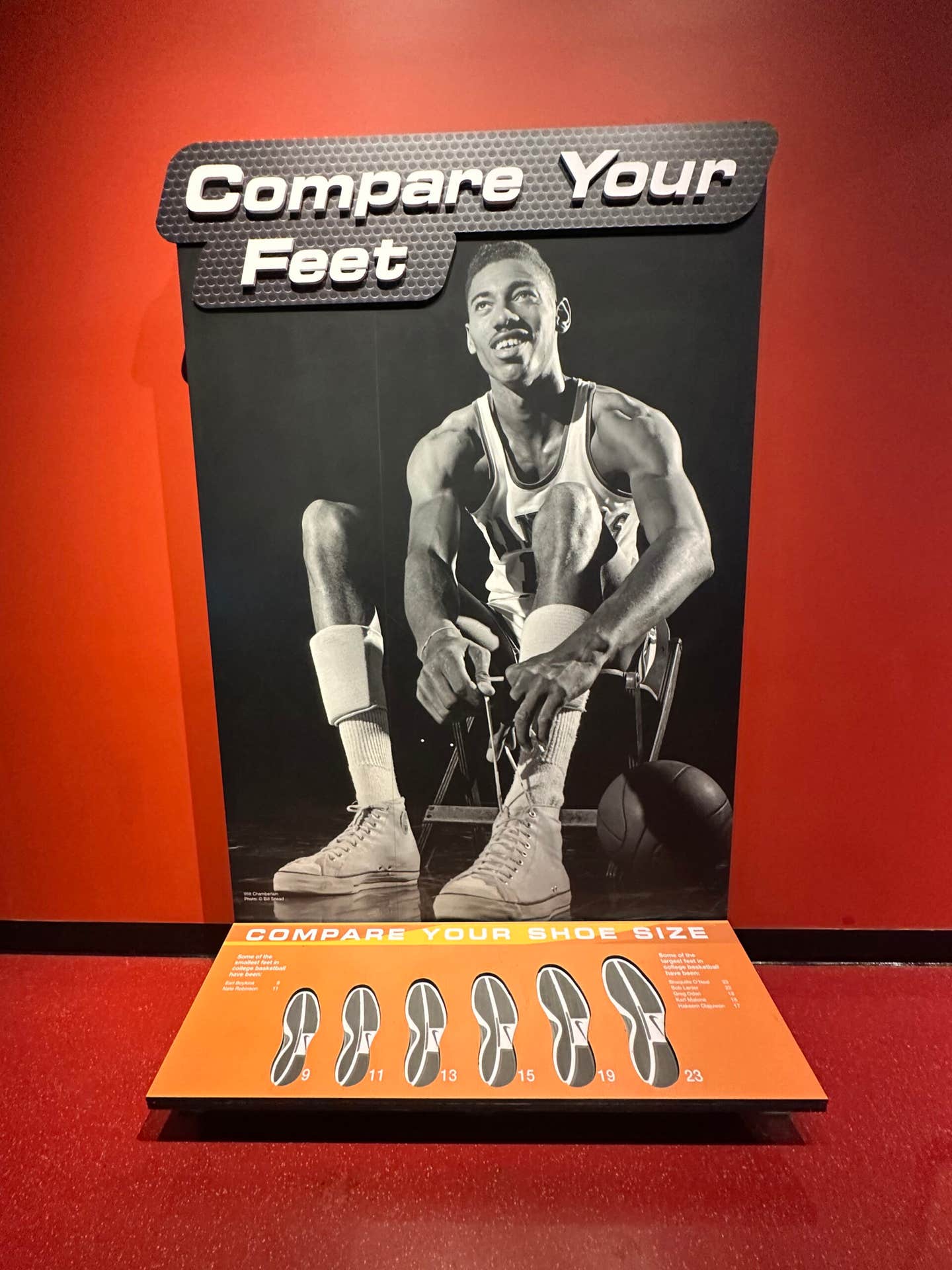
News
‘WOW, COOPERSTOWN!’ David Ortiz, Jim Kaat and Tony Oliva delight fans at 2022 Baseball Hall of Fame inductions
Red Sox slugger David Ortiz left the crowd cheering again, only this time he did it from the podium instead of home plate.
How could you not roar in delight for a guy who starts his Hall of Fame induction speech with “Wow, Cooperstown!”
More than 35,000 fans gathered to salute Ortiz and six other new Hall of Famers at the National Baseball Hall of Fame induction ceremony in Cooperstown on Sunday, July 24.
Also getting plaques in the Hall were Tony Oliva, Jim Kaat, Gil Hodges, Minnie Miñoso, Buck O’Neil and Bud Fowler. Ortiz was elected by the Baseball Writers Association of America. Oliva, Kaat, Hodges and Miñoso were chosen by the Hall’s Golden Days Era Committee. O’Neil and Fowler were elected by the Early Baseball Era Committee.
Big Papi, as Ortiz was known during his 14 seasons with the Boston Red Sox (2003–2016), pointed to people in attendance who helped him both in his career and life. Many had been teammates, including Johnny Damon, Pedro Martinez and Jason Varitek.
“My teammates were always there for me and that’s something I’m always going to appreciate,” he said.
Chants of “Papi! Papi” filled the air on the grounds of the Clark Sports Center just down the street from the baseball shrine.
The 10-time All-Star played for 20 years in the major leagues, spending his first six seasons (1997–2002) with the Minnesota Twins. The Twins released Ortiz, but it was not long after his release that he caught on with the Red Sox for the 2003 season. He thanked the Twins for “bringing me to the big leagues, even though it didn’t work out the way everybody expected. I learned from my time there that if I ever got my shot in any other place, I was going to work hard to never let go of it until the last day I played.”
Ortiz took that lesson to heart and made a name for himself in Beantown, becoming one of the most feared designated hitters in baseball history. He racked up 541 round-trippers, 1,768 RBI, 2,472 hits and 632 doubles before his major league career was done.
“The Boston Red Sox organization made me the man that I am today,” he said. “They educated me about the game, but they also educated me about life, community service and connecting with people. They got me involved in the Jimmy Fund. As a result, I started the David Ortiz Children’s Fund to help provide lifesaving heart surgery for children in the Dominican Republic and New England.”
A native of the Dominican Republic, the lifetime .286 hitter addressed the crowd in both English and Spanish, weaving in memories from his playing days in both languages, so everyone who came to honor him could enjoy his stories and recollections. With his trademark big smile, Ortiz told his throng of admirers, “If my story can remind you of anything, let it remind you that when you believe in someone you can change their world. You can change their future, just like people did for me.”
He told a sea of Fenway faithful wearing his number-34 Red Sox jersey that when he retired after the 2016 season he took many great memories with him, including his three World Championships (2004, 2007, 2013).
BASEBALL LOVE AFFAIR
Ortiz, 46, was the last speaker of the day, which is only fitting for a guy with 23 walk-off hits in his career, including three in the postseason. Equally as appropriate was having pitcher Jim Kaat as the first speaker, since he spent most of his 25-year pitching career (1959–1983) as a starter.
A 283-game winner, Kaat made a name for himself with five different teams — the Senators/Twins, White Sox, Phillies, Yankees and Cardinals. Not only was he a cagey pitcher, but he could field his position as well, winning 16 consecutive Gold Gloves (1962–1977).
“I fell in love with baseball on June 26, 1946. My dad drove me to Detroit [from Zeeland, Michigan] to see a doubleheader between the Red Sox and Tigers,” said the 83-year-old former hurler. “I saw Ted Williams, Bobby Doerr, Hank Greenberg, Hal Newhouser. But what really impressed me was when I walked up the ramp to find our seats. This dark green cathedral, called Briggs Stadium, opened up and I saw the greenest grass I’ve ever seen and the whitest uniforms, and I think my little 7-year-old brain said, ‘I want to be one of those guys.’”
Starting his career with the Washington Senators in 1959, he moved with the team to Minnesota in 1961, where they became the Twins. He made it to the World Series with Minnesota in 1965, but the Twins lost that Fall Classic to the Los Angeles Dodgers in seven games. The southpaw was with those Twins teams of the 1960s that featured Harmon Killebrew, Rod Carew, Bobby Allison and fellow 2022 Hall of Fame inductee Tony Oliva.
Kaat never lost sight of getting a World Series ring and finally got one as a member of the 1982 St. Louis Cardinals, pitching in relief. The Cardinals won it all in 1982 against the Milwaukee Brewers in the Fall Classic. He waved his World Series ring to the Cooperstown crowd, saying, “This is what we all play for.”
The three-time All-Star recalled getting the call from Baseball Hall of Fame Chairwoman Jane Forbes Clark, telling him that he made it to Cooperstown.
“When the phone rings and you hear her voice and the words, ‘This is Jane Clark from the Hall of Fame,’ it changes your life immediately. Those words will resonate with me for the rest of my life.”
DREAM COME TRUE
Tony Oliva, a native of Cuba, said he never envisioned playing professional baseball in the United States when he was growing up in Pinar del Río.
“I can’t believe I’m here today,” the three-time American League batting champion said. Tony-O missed getting into the Hall of Fame by slim margins in past years.
Spending his entire career with the Twins (1962–1976), the 84-year-old Oliva won back-to-back batting titles in 1964 (.323), 1965 (.321) and 1971 (.337). The right fielder ended his career with a .304 lifetime batting average after 15 years in the big leagues.
He stayed with the Twins after retiring from playing and helped coach young players like Kirby Puckett and Kent Hrbek. Tony-O, who has been involved with the Twins for more than 60 years, said he loved Minnesota — both the team and the Twin Cities.
“The people have been so good to me and my family,” he said. “I was blessed to play and be with the Minnesota Twins because, from top to bottom, the organization is first class.”
Oliva recalled coming the United States in the early 1960s.
“I had no family here, I had no money, and I didn’t speak English,” the eight-time All-Star said. But he noted that about one-third of the Twins club was made up of Spanish-speaking players — 90 percent of them Cubans: “Guys like Camilo Pascual and Pete Ramos. I had a chance to play baseball with them and they babysat me.”
A Gold Glove winner in 1966, Oliva was thrilled to be going into the Hall of Fame with his boyhood idol and fellow Cuban Minnie Miñoso. As a youngster, he followed Miñoso’s baseball career, both in Cuba and in the United States. Miñoso always inspired him.
“He was so good. I remember they used to say in Cuba that when he hit the ball it did the cha-cha-cha,” he said, smiling. “Yes, baseball has been very, very good to me.”
‘NOTHING COULD BE BETTER’
Four players were inducted into the Hall posthumously: Hodges, Miñoso, O’Neil and Fowler.
Gil Hodges (1924–1972), a slick-fielding first baseman, played for the Brooklyn Dodgers from 1943 to 1957, but missed two seasons (1944-1945) serving in the military during World War II. He moved with his beloved Dodgers to Los Angeles in 1958 and played with them until 1961. In 1962 and 1963, Hodges finished his 18-year major league playing career with the New York Mets.
The eight-time All-Star also made his mark as a manager, first with the Senators (1963–1967) and then with the Mets (1968–1971). The popular player and manager was the skipper of the 1969 “Miracle Mets,” which won the World Series against the heavily favored Baltimore Orioles. Hodges was the Mets’ manager when he died suddenly of a heart attack in 1972 at the age of 47.
Hodges’s daughter Irene accepted his plaque, noting, “He was a very humble man, but he would be so proud to be here with the best of the best in baseball.”
She said one of her father’s top achievements was managing the 1969 “Miracle Mets.”
“Immediately afterward, he turned to my mother and said, ‘We did it. We brought the championship home,’” Irene Hodges said. “My father truly loved that team and loved managing them. He knew how good they could be and how successful they could be, and now they believed it.”
Minnie Miñoso (1925–2015) always played baseball with reckless abandon. A native of Cuba, he was a standout in the Negro Leagues while playing with the New York Cubans from 1946 to 1948. He then had a long career in the major leagues with the Cleveland Indians, Chicago White Sox, St. Louis Cardinals and Washington Senators from 1949 to 1964. He also appeared in three games for the White Sox in 1976, and then two more in 1980, making him one of the few players to play in five decades. About 90 family members of the former major leaguer came to witness Miñoso’s plaque being put up in the Hall of Fame.
The Cuban Comet’s widow, Sharon Rice-Miñoso, spoke about her late husband’s unbridled passion for baseball.
“Baseball was his life,” Rice-Miñoso said. “He was proud to wear his uniform, to come to the ballpark every day, to greet fans with a smile and sign autograph after autograph. Some people believe that Minnie signed an autograph for every man, woman and child in the Windy City.”
The first Black Latin American to play in the major leagues, Miñoso had a lifetime .299 batting average, with 2,110 hits and won three Gold Gloves for his play in left field (1957, 1959, 1960).
Buck O’Neil (1911–2006) devoted his life to professional baseball — as a player, coach, manager and scout. He was also a recognized oral historian of the Negro Leagues. His signature accomplishment was the establishment in 1990 of the Negro Leagues Baseball Museum in Kansas City, for which he served as honorary board chairman until his death in 2006 at the age of 94.
O’Neil started with the Negro Leagues as a player for the Memphis Red Sox in 1937, and then joined the renowned Kansas City Monarchs in 1938. The stellar first baseman, who was with the club for nearly 20 years, was named the player-manager of the Monarchs in 1948 and continued to play on and off until 1955.
As a scout for the National League’s Chicago Cubs, starting in 1955, O’Neil had many acclaimed signings to his credit, including young base-stealing star Lou Brock and ace closer Lee Smith, both Hall of Famers. In 1962, the Cubs appointed O’Neil a coach — the first Black coach in major league history.
Dr. Angela Terry, O’Neil’s niece, called O’Neil “Uncle John” (his given name was John Jordan O’Neil Jr.).
“If he were here with us this afternoon, his usual spirit of humility and gratefulness would be on full display,” Terry said. “He would quickly deflect the limelight away from himself to focus on those who loved, inspired and supported his lifelong passion for baseball.”
Terry said O’Neil would have used one of his favorite expressions to describe getting into the Baseball Hall of Fame: “Man, oh man, nothing could be better.’”
Baseball Hall of Famer Dave Winfield gave the acceptance speech on behalf of Bud Fowler (1858–1913), who is considered the first African-American player to compete in organized baseball.
“He had a passion for the game, and it became the love of his life,” Winfield said.
Fowler played in professional baseball games whenever he heard that a team needed a player. Early on, he was an outstanding pitcher who played with both white and African-American players. On days when he wasn’t on the mound, he caught or played second base.
Because he was Black, he often encountered discrimination from teammates or opponents who refused to take the field with him. As a result, he moved around a great deal.
“Fowler played on or managed 50 different teams,” said Winfield. “He himself claimed to have played or managed on teams in 22 different states and in Canada.”
African-American players were not banned from playing with white players until the late 1880s. At that point, Fowler helped found teams for Black baseball players and continued to play himself.
“It’s been said that pioneers do not get to experience the changes they bring about,” Winfield said. “There’s an unmistakable line from Bud Fowler to Rube Foster in 1920 to Jackie Robinson in 1947 to the other inductees we celebrate here today.”








